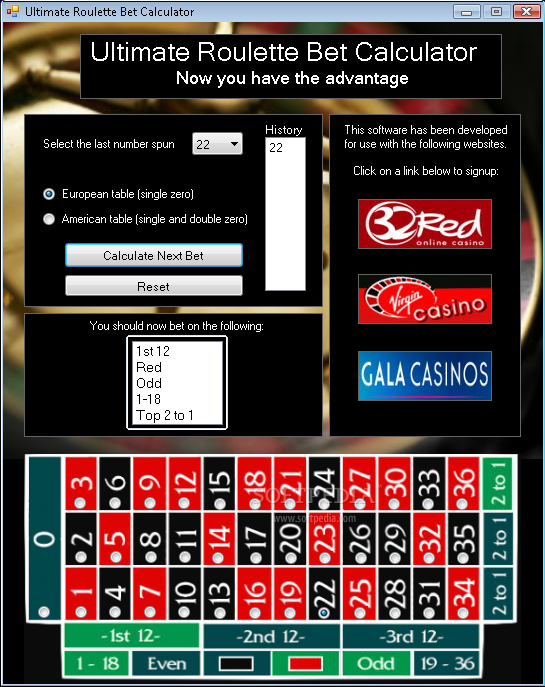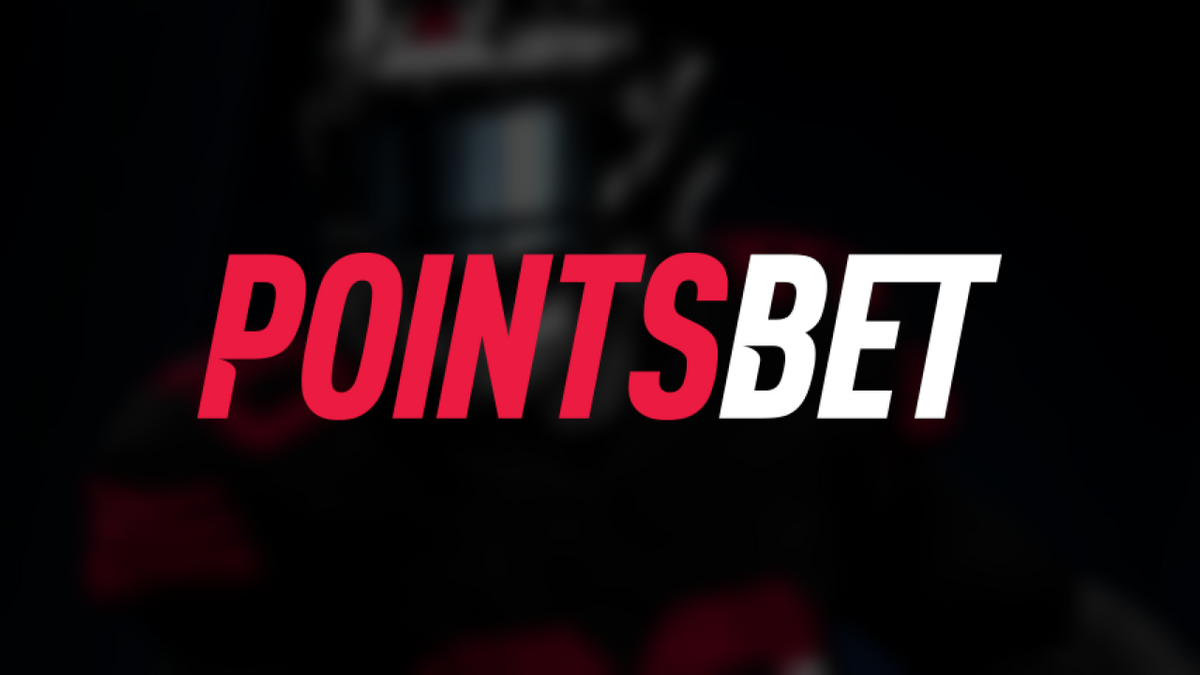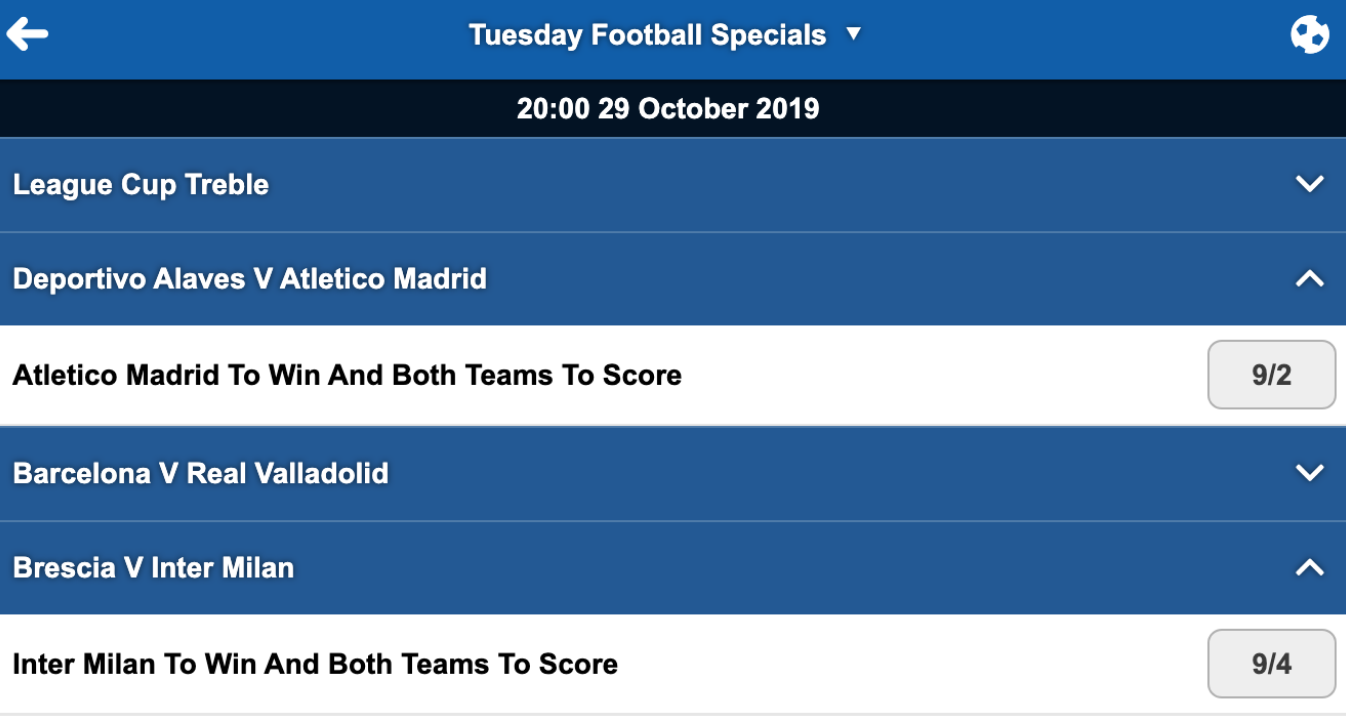10 To 1 Odds Payout Calculator
Win, Place, Show – How To Bet On Horses
WIN (W) bets require that a horse finishes in 1st place.
PLACE (P) bets require that a horse finishes in 1st or 2nd place.
If $10 is bet at odds of 4, the total returned is $40 ($10 x 4) and the potential profit is $30 ($10 x 4 minus the $10 stake). Fractional Odds. Used mostly in the United Kingdom and Ireland, fractions quote the potential profit should the bet succeed, relative to the stake. If $10 is bet at odds of 3/1, the potential profit is $30 ($10 x 3). A parlay bet is a single wager that requires two or more outcomes to all win. The parlay calculator allows you to input your stake & odds in American formats to quickly calculate the payout for. To get the odds: $85,000 / $42,500 – $1 = $1.00 or 1 to 1 odds. To get the payout per dollar (or decimal odds) $85,000 / $42,500 = $2.00; Your $2 bet will pay back a total of $4.00; You made a profit of $2.00 on a $2.00 bet. For easy math, we used round numbers. But in the real world, this does not always happen.
SHOW (S) bets require that a horse finishes in 1st, 2nd, or 3rd place.
I’m going to use the diagram (of the finish of a race) below to answer some common questions on the Win, Place, Show bets. The Tote-Board Win odds are above each horse in parenthesis.
How do you calculate the expected payout for a Win Bet?
- Win payouts are based on a $2 wager. Multiply the Tote-Board odds times $2 and then add the $2 wager back.
For example, #8 is (7-1), so 7 x $2 = $14, Add $2 = $16 payout.
- To calculate prices for odds other than X-1, simply convert the (fractional) odds to a decimal equivalent and do the same calculation.
For example, odds of (8-5) equals 1.6 x $2 = $3.20, Add $2 = $5.20 payout.
- I always do this mental conversion to decimal equivalents for clarity in my own mind. In fact when I jot down the Tote-Board odds on my sheet they are always in decimal format. For Example:
| Tote-Board | Decimal | Payout |
|---|---|---|
| (9-2) | 4.5 | $11.00 |
| (7-2) | 3.5 | $9.00 |
| (5-2) | 2.5 | $7.00 |
| (9-5) | 1.8 | $5.60 |
| (7-5) | 1.4 | $4.80 |
| (4-5) | 0.8 | $3.60 |
What does it mean to bet a horse “Across the Board?”
This is just a shorthand way for making a Win, Place, and Show bet in equal amounts. For example, if you bet #8 for $2 Across the Board in the above race, your bets would be $2 to Win, $2 to Place, and $2 to Show for a total of $6 wagered.
In this example, a $2 WPS wager on #8 returned $28 ($16w + $7p + $5s).
To continue with the example, the same $2 WPS bet on #6 would have cost $6, but only returned $3 since the Show ticket is the only one cashed.
What happens if I bet a horse to Place and he wins the race?

You get the Place price only. So $2 to Place on #8 returns $7.
Can you calculate the expected Place price based upon the Win odds?
Win, Place, and Show wagers are all placed into separate Pools. So the anticipated Place price cannot be directly calculated based on the Win odds. In addition to that, the Place price is dependent on exactly who the 1st and 2nd place finishers are in the race. For further explanation on this point, keep reading.
10 To 1 Odds Payout Calculator Present Value
Let’s change the order of finish slightly by switching the top two horses #8 and #2.
The former payouts are shown on the left for comparison, and the new payouts are shown on the right.
5000 To 1 Odds Calculator
Since #2 is now the winner, his payout line is switched to the top of the chart. He pays $12 for a win ticket because his odds are 5-1. Formula (5 x $2) + $2.
Notice that the #8 place price stayed exactly the same ($7), as did the #2 place price ($6). That is because the same two horses finished in the top two positions, just in reverse order.

Now let’s change the order of finish again by pushing the #8 horse back to 3rd place and moving the #6 horse up to 2nd place.
Since #2 remains the winner, his Win price ($12) does not change. However, notice that his place price decreased from $6 to $5. Why? Because more total money was bet on #6 (the new 2nd place horse) to place than on #8 (the former 2nd place horse). This is reasonable, considering that the Win odds on #6 are 3-1, while the Win odds on #8 are 7-1.
Generally the amount of money bet on a horse is proportionate between the Win, Place, and Show pools. The simple reason why the payout is less for Place and Show wagers (compared to Win) is that the payout pool is being divided by two horses for Place and three horses for Show.
You can conclude from this information that your best return from a Place or Show wager generally happens when the favorite(s) does not finish “In The Money” (The Top Three Spots). Unless of course you bet on the favorite, which is another story!
There are a lot of opinions on whether or not it’s even wise to make Place and Show bets, as opposed to just Win bets, but we’ll save that topic for a future article.
20 To 1 Odds Calculator


Select “Get Started” from the menu above for a complete list of articles about Handicapping and Wagering. For example, Racing 101 has several articles about the basics of Horse Racing. And Meet The People has interviews with trainers (e.g. Christophe Clement), Jockeys (e.g. Gary Stevens), and on-track personnel (e.g. Maggie Wolfendale).

By Neal Benoit